Microsoft’s new Bing browser powered by OpenAI’s ChatGPT is being played with by the public, raising many concerns with its responses.
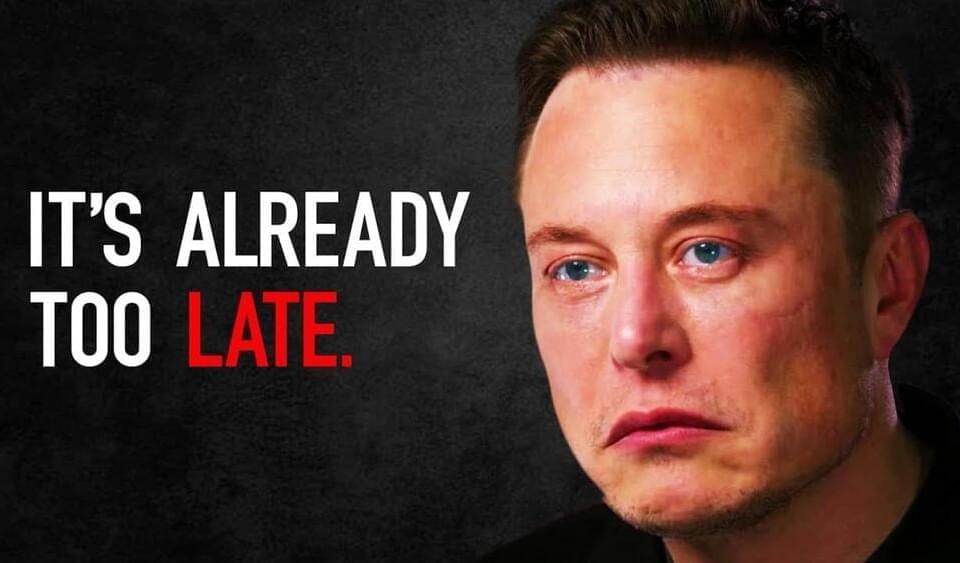

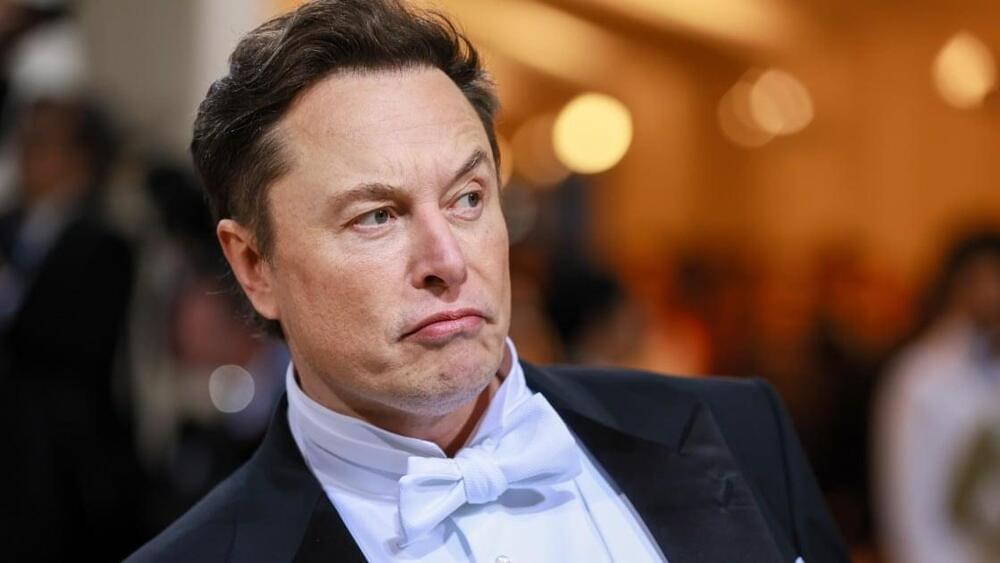
“OpenAI was created as an open source (which is why I named it ‘Open’ AI), non-profit company to serve as a counterweight to Google, but now it has become a closed source, maximum-profit company effectively controlled by Microsoft,” Musk tweeted (Opens in a new window) today. “Not what I intended at all.”
OpenAI this week acknowledged that its process for “fine-tuning” ChatGPT is “imperfect.”
“Sometimes the fine-tuning process falls short of our intent (producing a safe and useful tool) and the user’s intent (getting a helpful output in response to a given input),” OpenAI says (Opens in a new window). “Improving our methods for aligning AI systems with human values is a top priority (Opens in a new window) for our company, particularly as AI systems become more capable.”
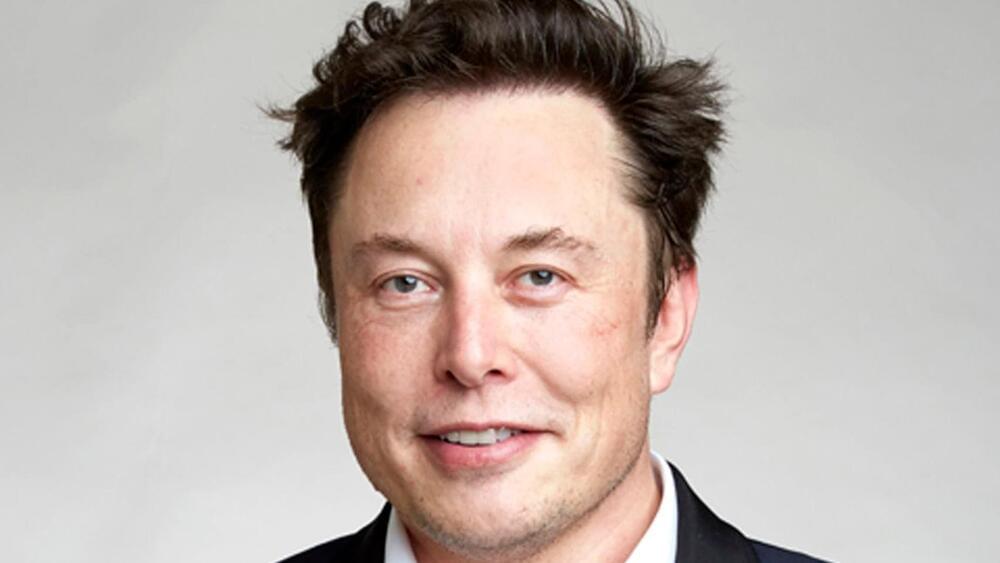
US-based entrepreneur Elon Musk’s Boring Company is developing a tract of land in Texas near as housing for its employees.
Called Project Amazing, the development will be located in Bastrop County near Austin and contain 110 homes built for workers at the nearby facilities of the Boring Company.
Developed by homebuilder Lennar, the community will be situated in a largely rural area on a tract of land owned by Gappes Bass, an affiliate of the Boring Company, according to Business Insider.

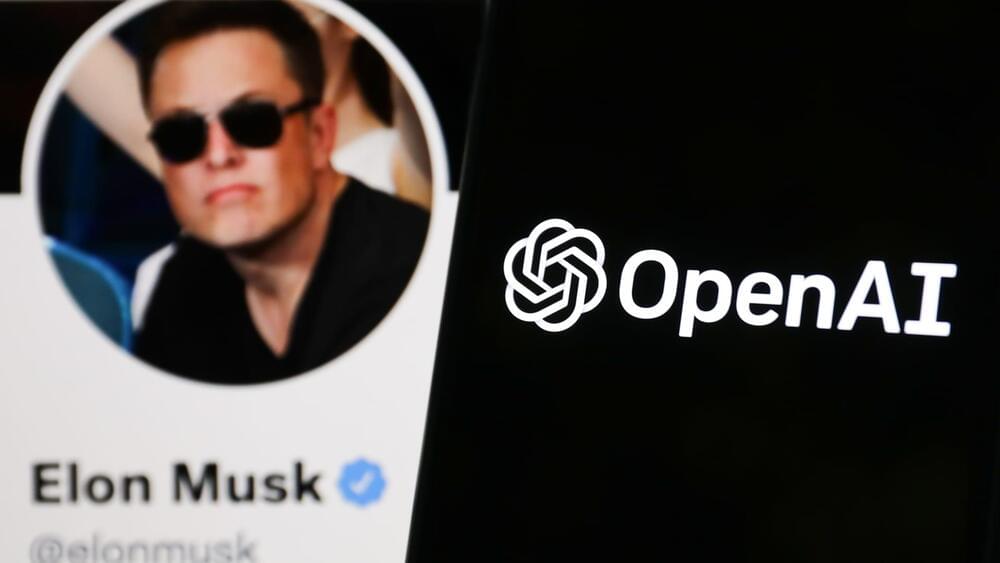
Musk is co-founder of OpenAI, the U.S. startup that developed ChatGPT — a so-called generative AI tool which returns human-like responses to user prompts.
ChatGPT is an advanced form of AI powered by a large language model called GPT-3. It is programmed to understand human language and generate responses based on huge bodies of data.
ChatGPT “has illustrated to people just how advanced AI has become,” according to Musk. “The AI has been advanced for a while. It just didn’t have a user interface that was accessible to most people.”
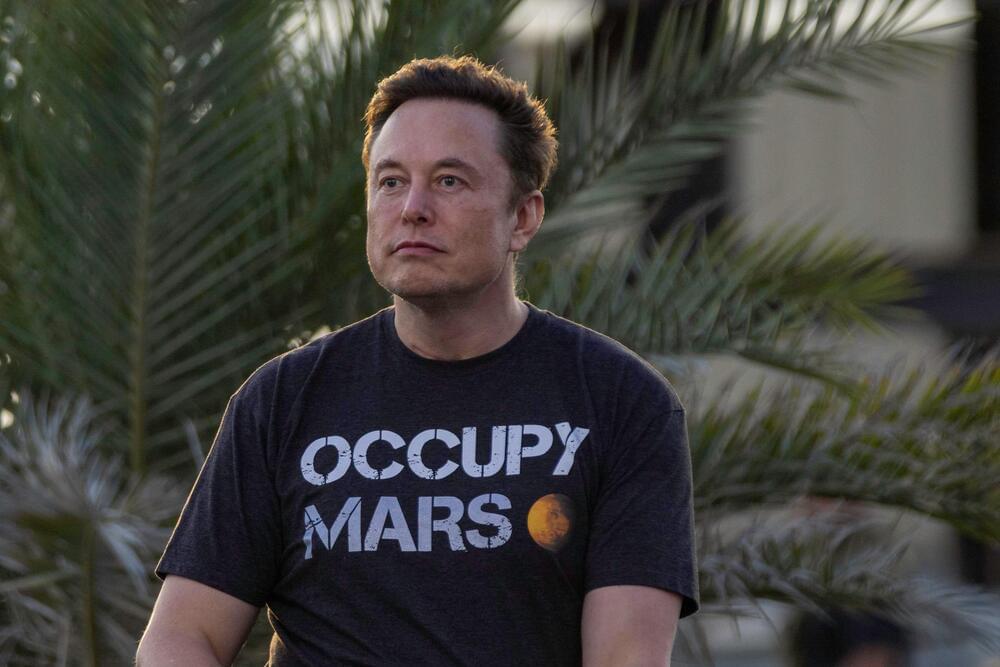
Elon Musk, an outspoken AI commentator, has reiterated his calls for safety checks at the World Government Summit in DubaiMusk founded OpenAI to promote AI regulation, but says the company’s changed since Microsoft’s investment.
Microsoft and Google are vying to best one another in the field, which Musk worries drives down safety checks in the pursuit of winning the race.
Thanks to the success of ChatGPT, 2023 kicked off with intense hype around the power of artificial intelligence. It’s no wonder Elon Musk, one of tech’s most outspoken public figures, had something to say on the subject.

Elon Musk wants to put a computer chip in your brain. Well, maybe not in your brain, but in the brain of some human somewhere.
Musk’s neurotech startup, Neuralink, has been working toward implanting its skull-embedded brain chip in a human since it was founded in 2016. After years of testing on animal subjects, Musk announced in December that the company planned to initiate human trials within six months (though this wasn’t the first time he’d said these trials were on the horizon).
Neuralink has spent over half a decade figuring out how to translate brain signals into digital outputs – imagine being able to move a cursor, send a text message, or type in a word processor with just a thought.
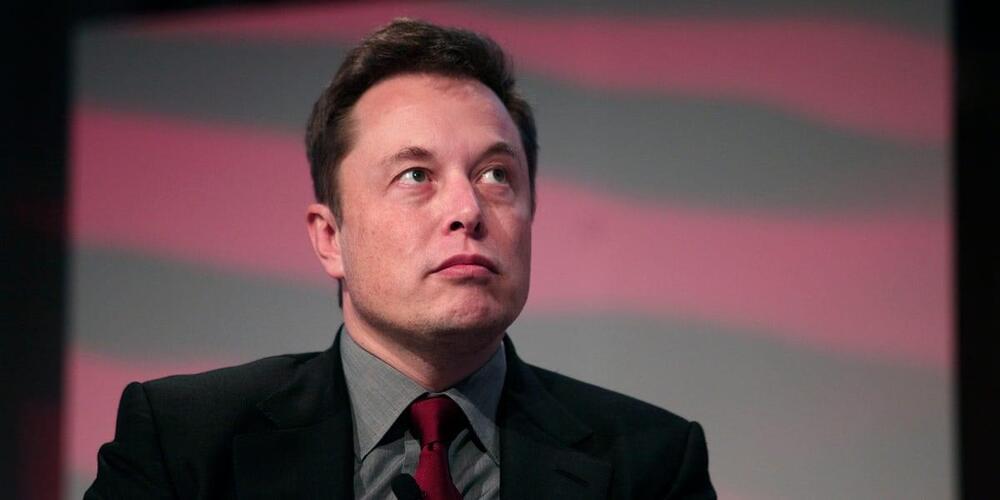
ChatGPT, a viral AI chatbot, has sparked discourse about the future of AI and how the technology will impact humans.
“It’s both positive or negative and has great, great promise, great capability,” Musk said of AI, adding that “with that comes great danger.”
Musk said Wednesday that the bot “has illustrated to people just how advanced AI has become,” according to Musk.

Last week, Twitter said it is shutting down free access to its APIs starting February 9. Now, days before the deadline, Elon Musk said that after getting feedback from developers, Twitter will provide a write-only API for “bots providing good content that is free.”
This decision is as opaque as some of the other policy decisions under Musk’s management. There is no information on what constitutes “good content” and who will decide that. However, if Twitter ends up implementing this rule, some bots will get a new lifeline on the social network.
Previously, Twitter shuttered API access to third-party clients saying they broke a “long-standing rule” without any specification. Then the company silently updated its developer terms to reflect that app can’t “use or access the Licensed Materials to create or attempt to create a substitute or similar service or product to the Twitter Applications.”
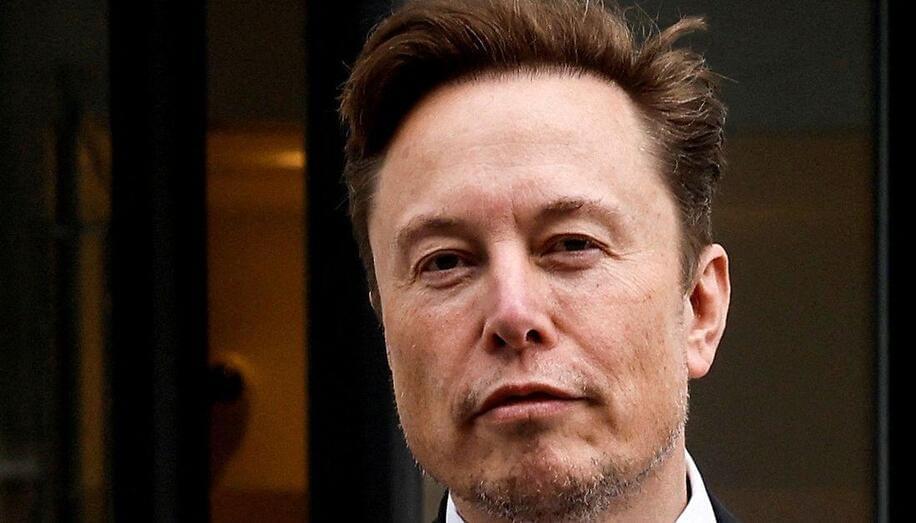
Feb 14 (Reuters) — Tesla chief executive Elon Musk donated shares worth $1.95 billion in the world’s most valuable automaker to charity last year, a filing with the U.S. Securities and Exchange Commission (SEC) showed on Tuesday.
Musk donated about 11.6 million shares between August and December last year, according to the filing, which did not say which organization or organizations were the recipients.
The world’s second-richest person now owns around 13% of Tesla.